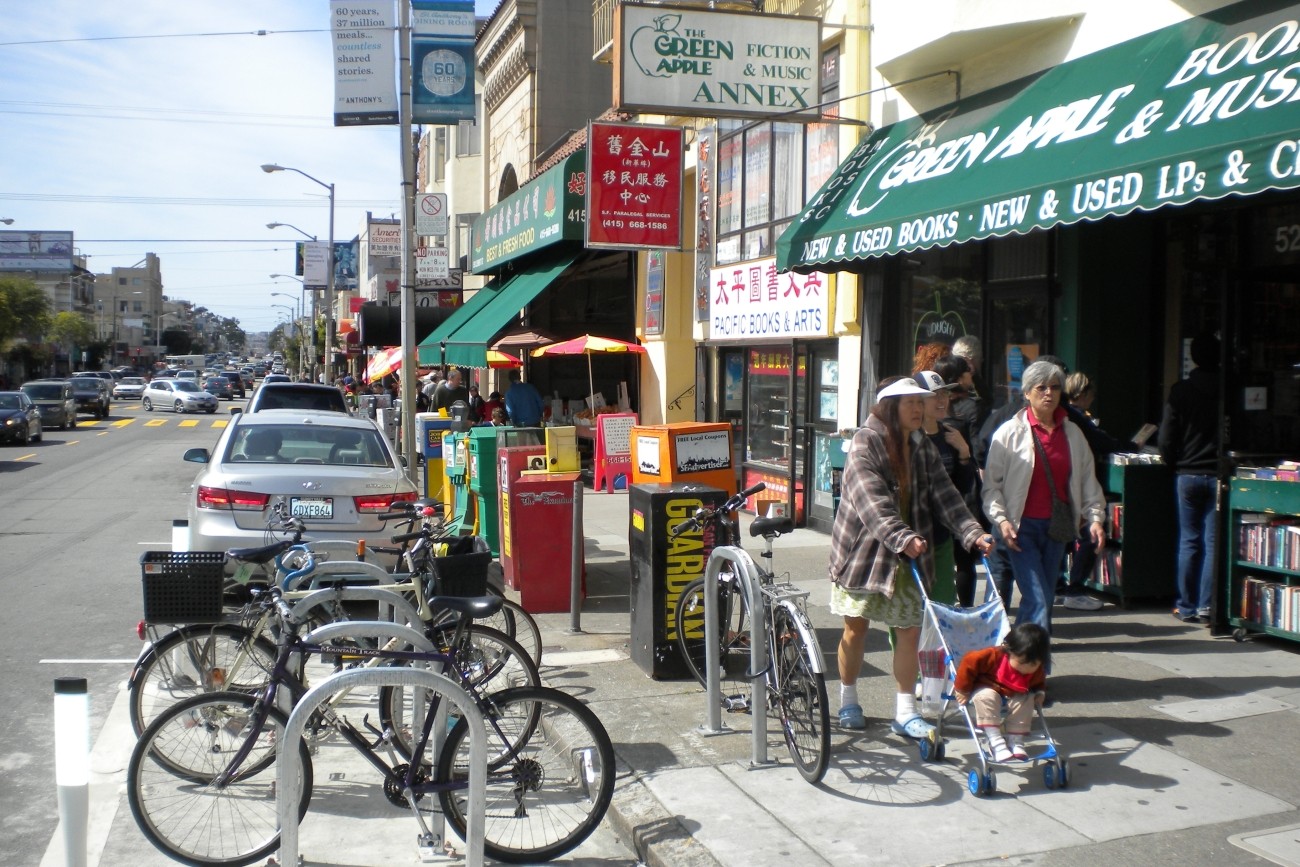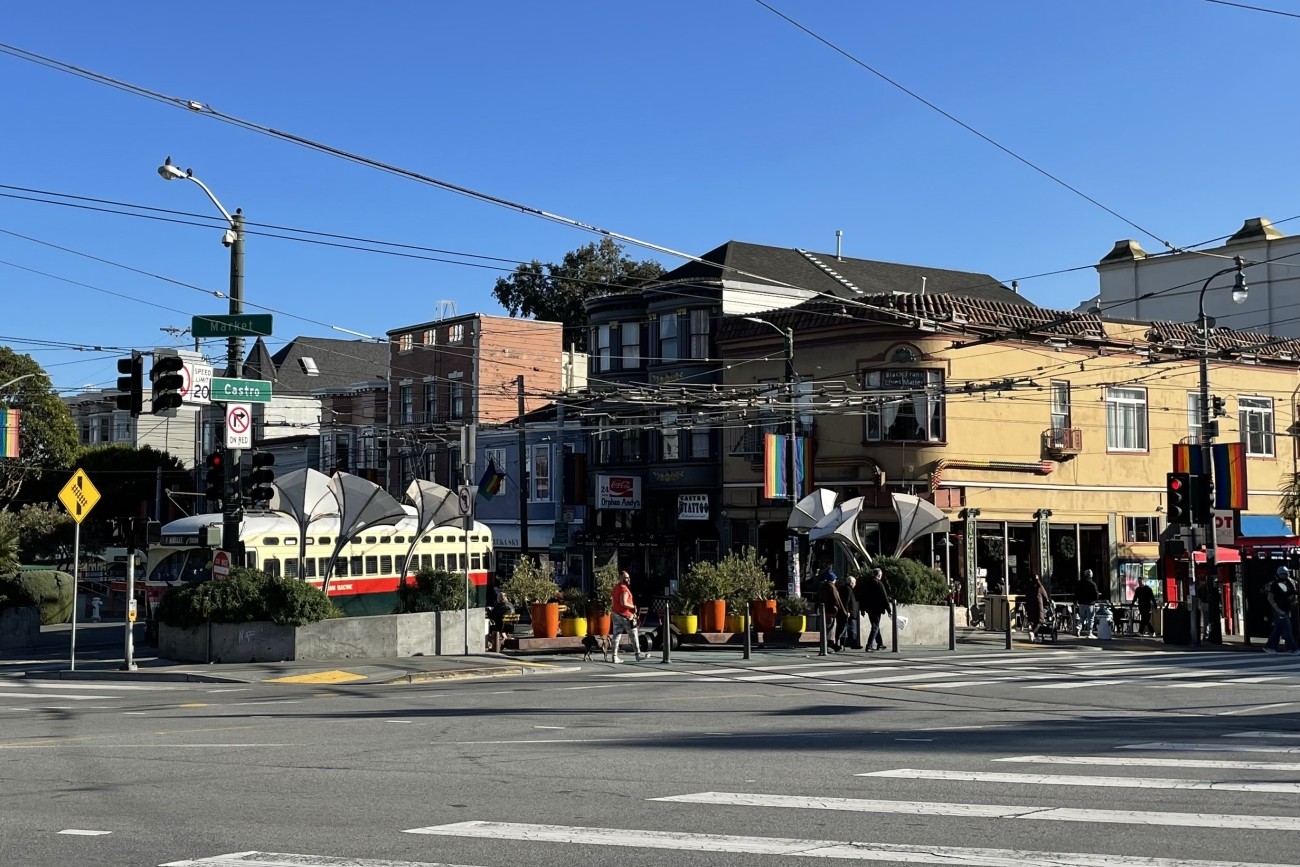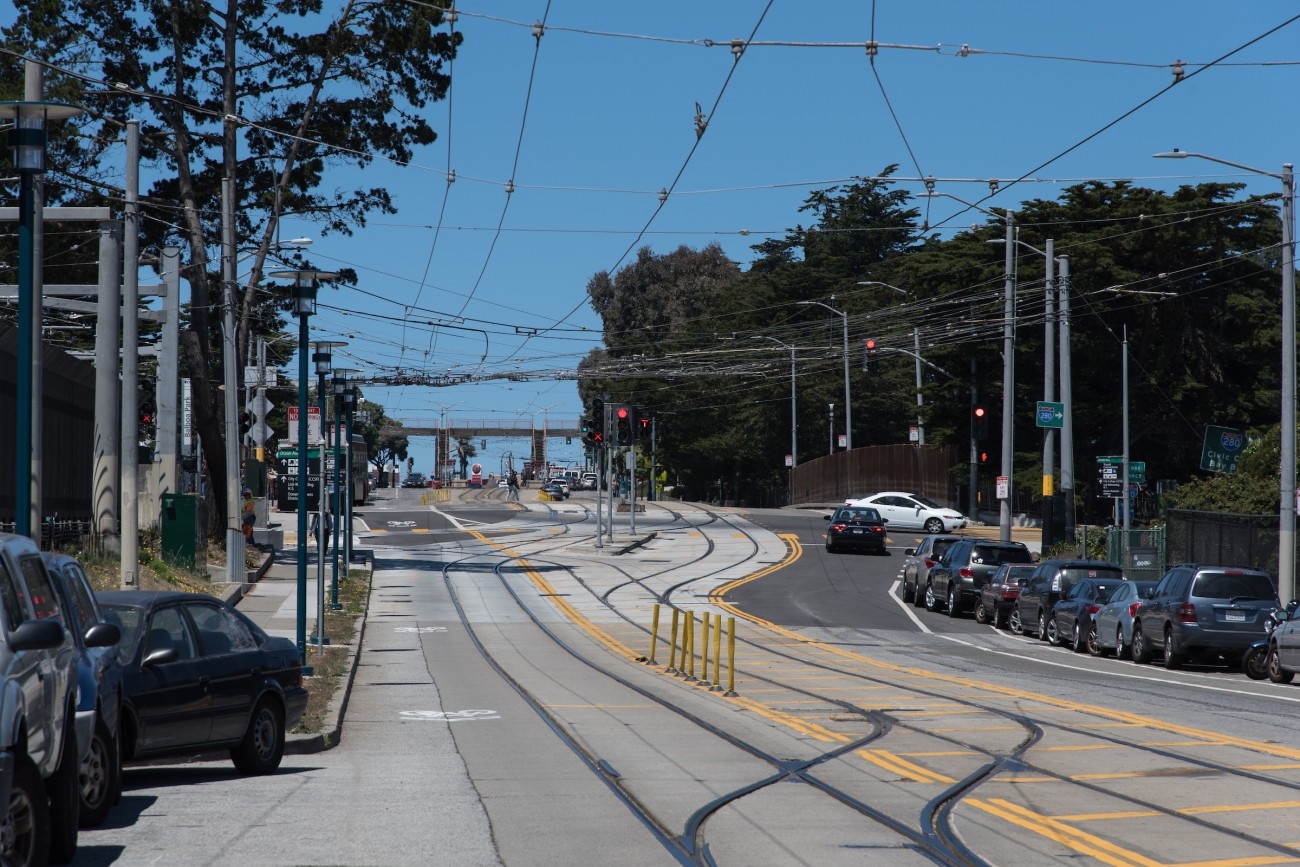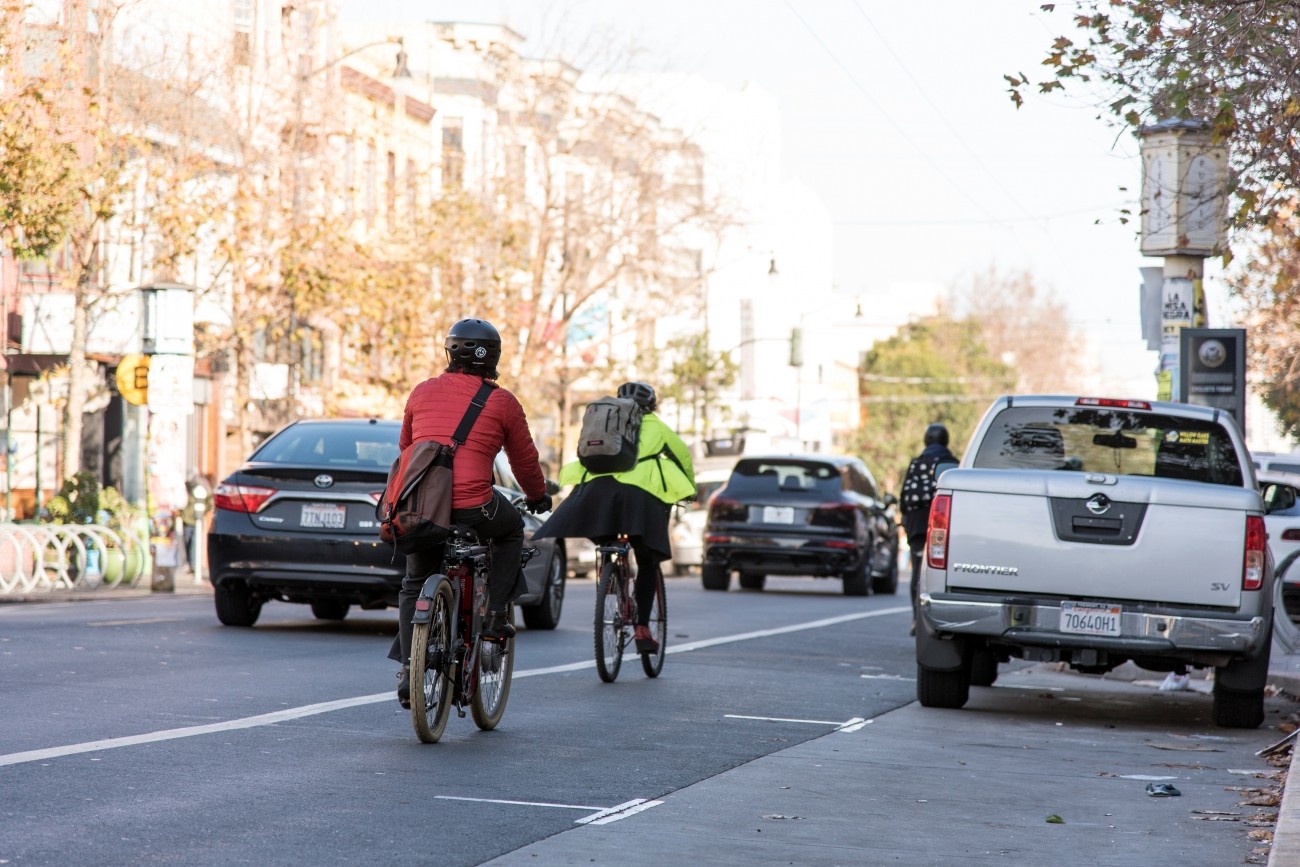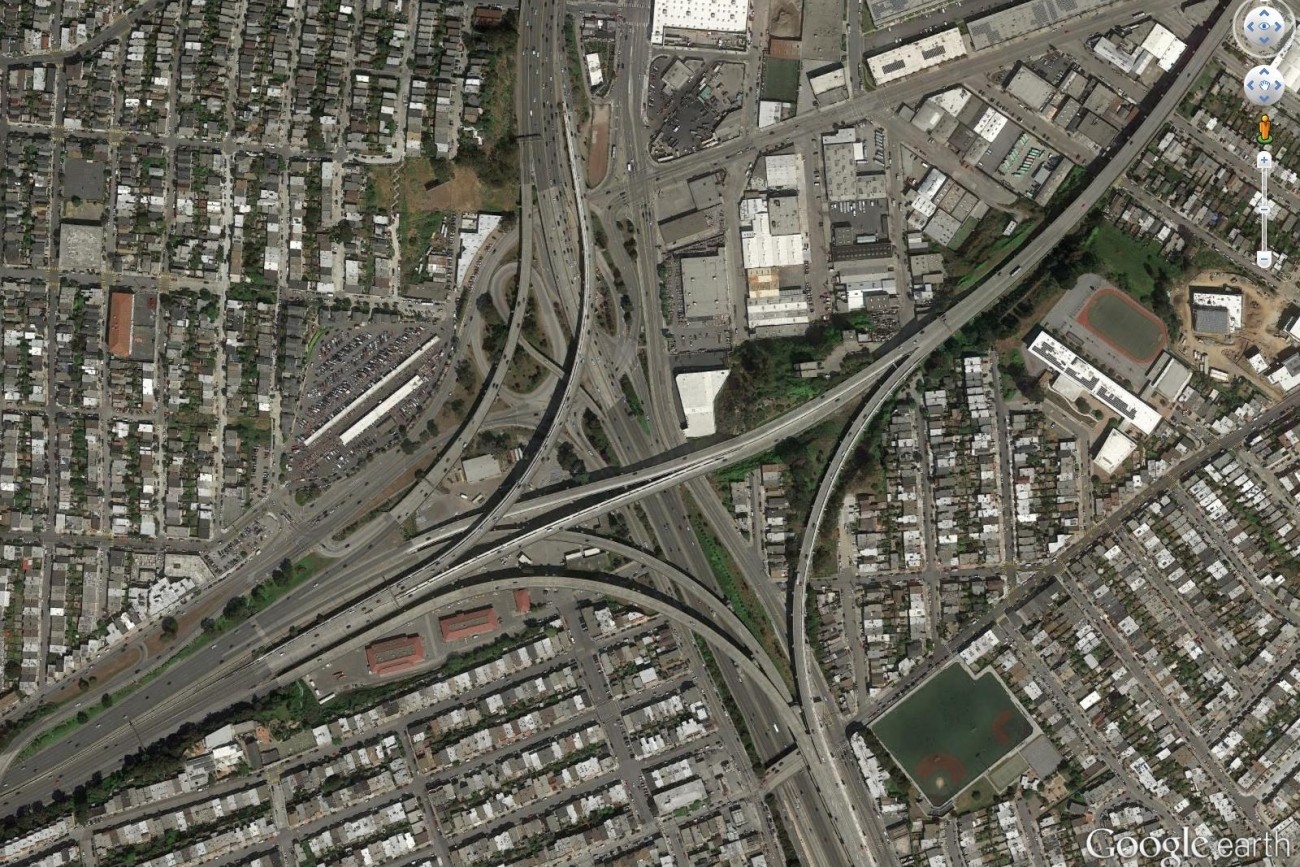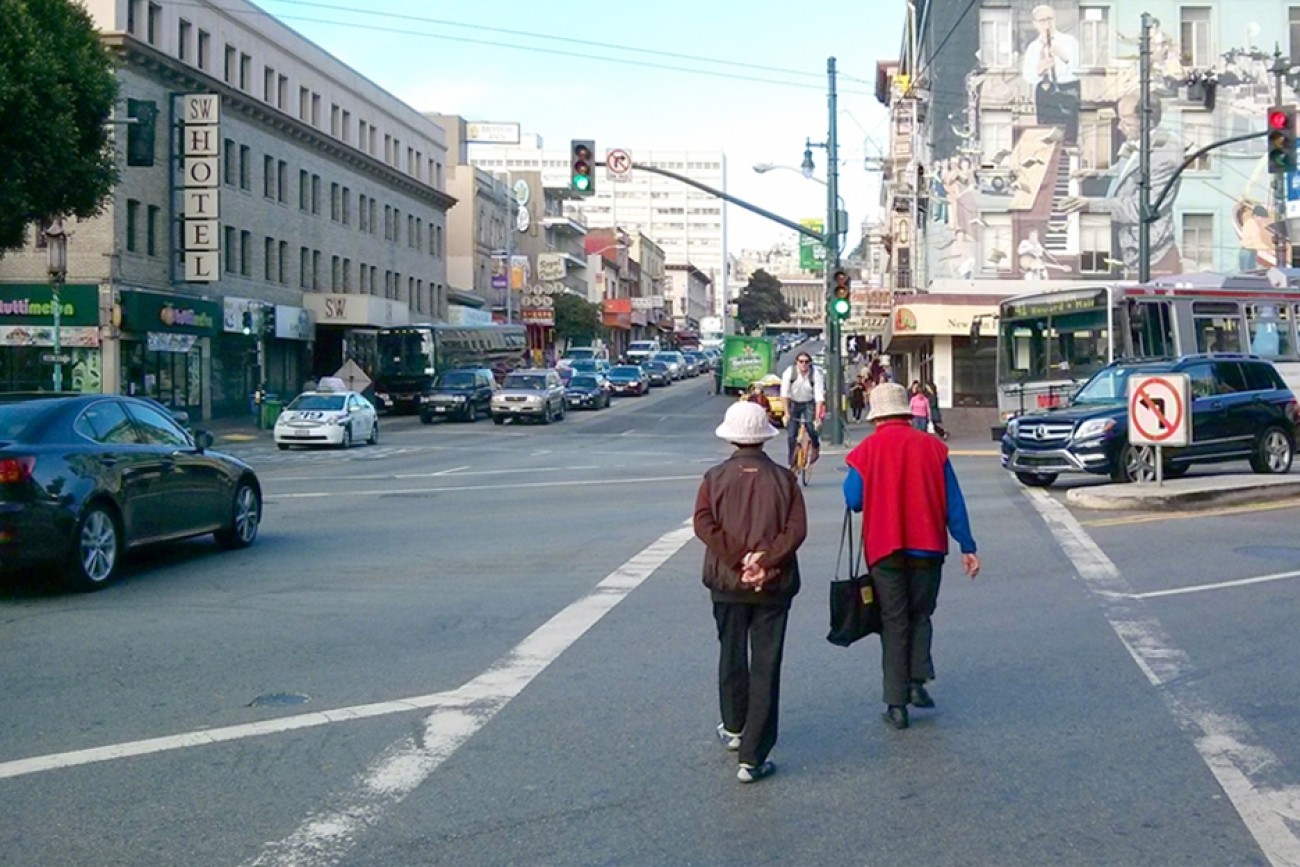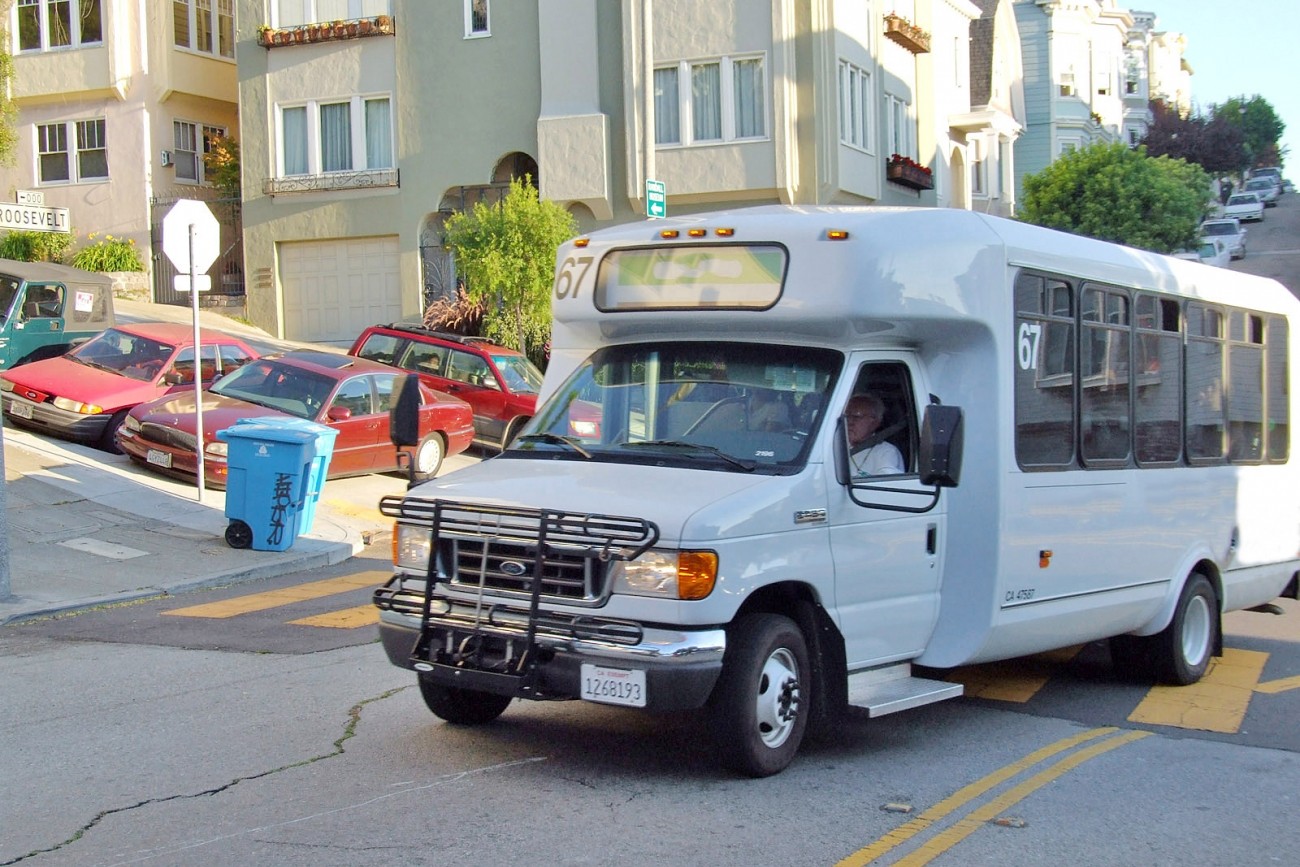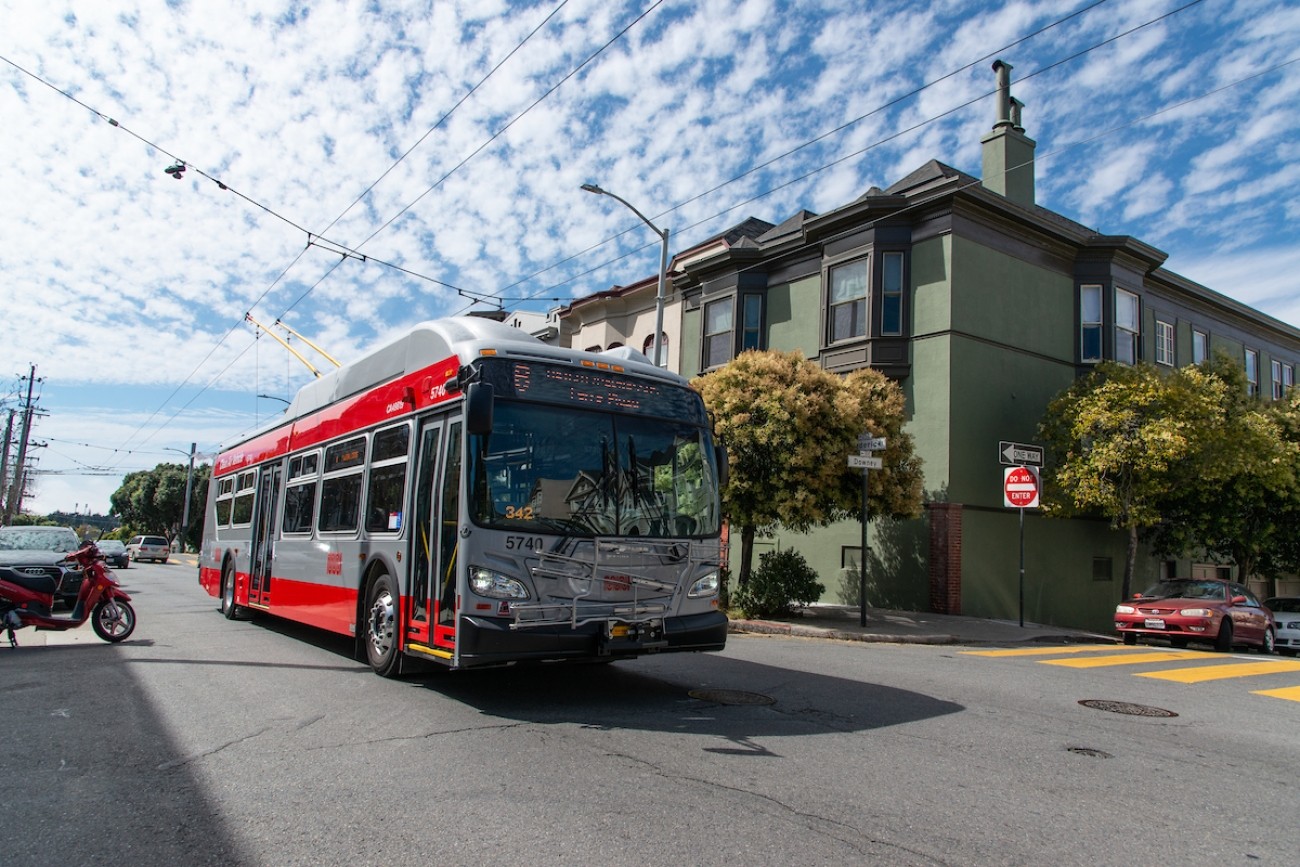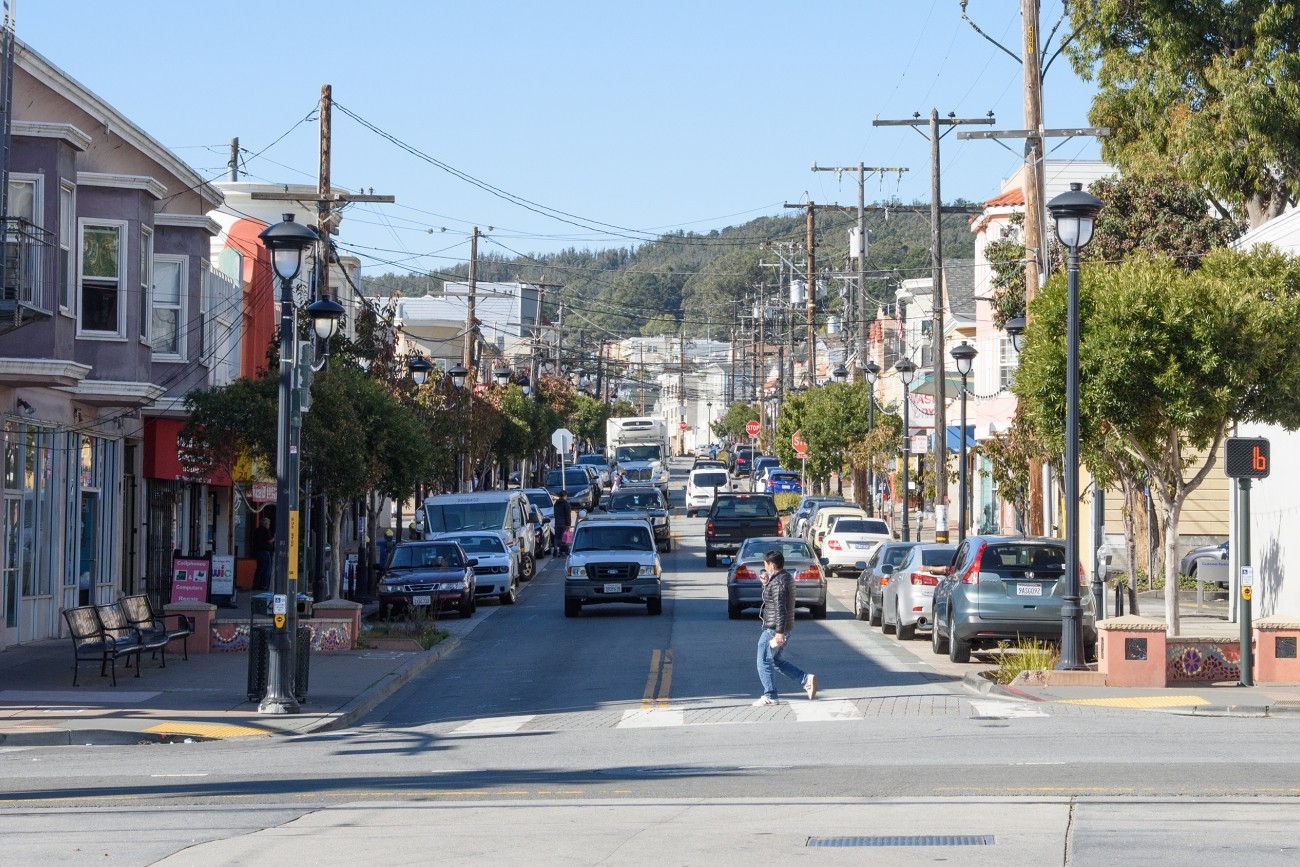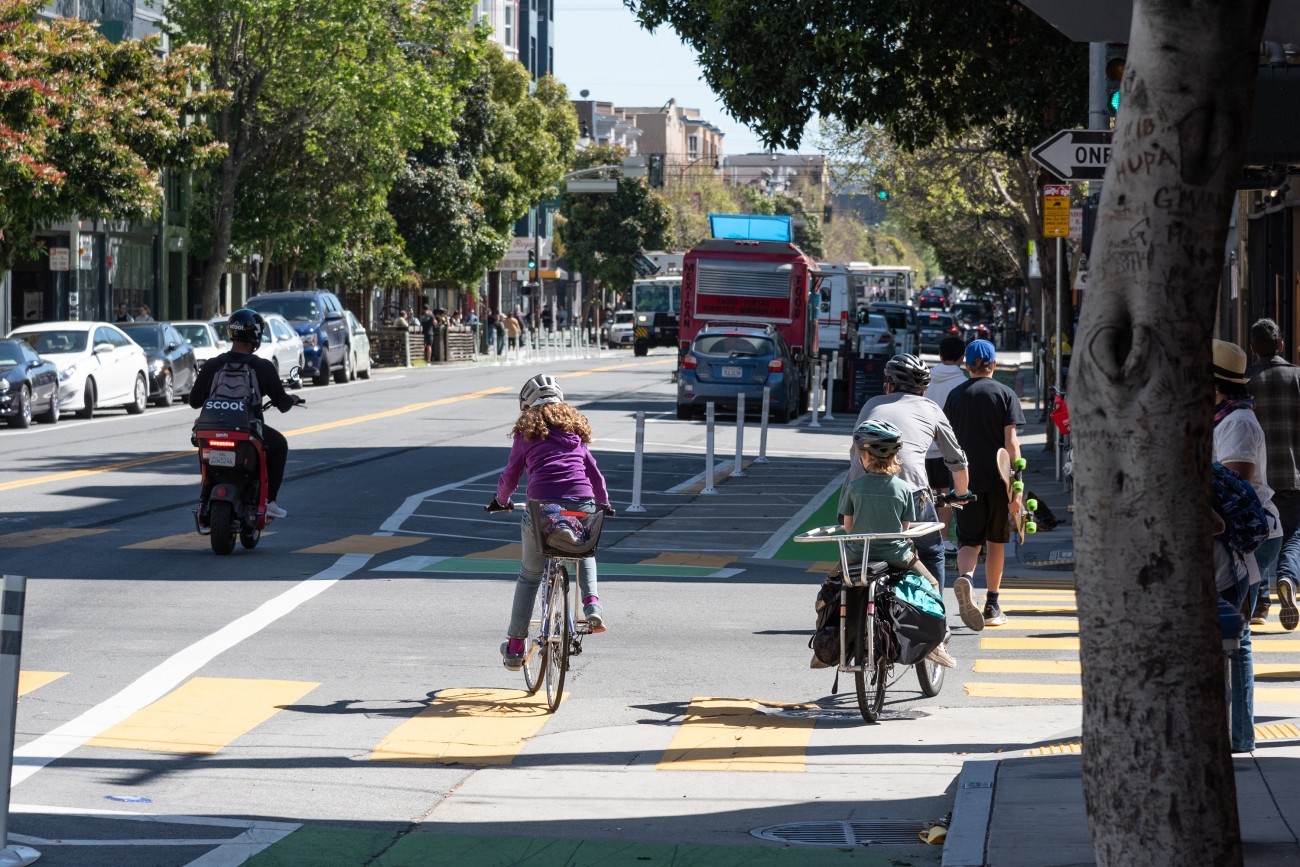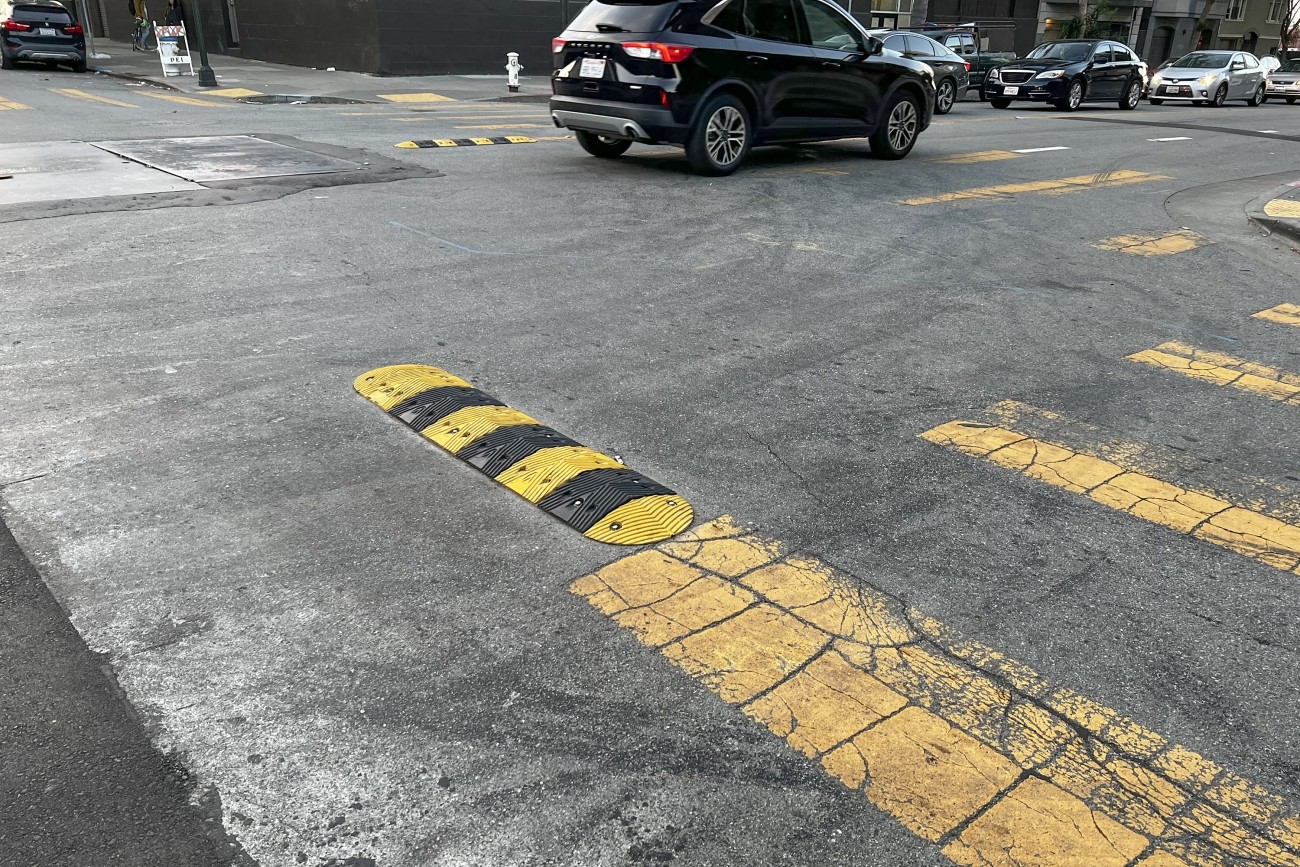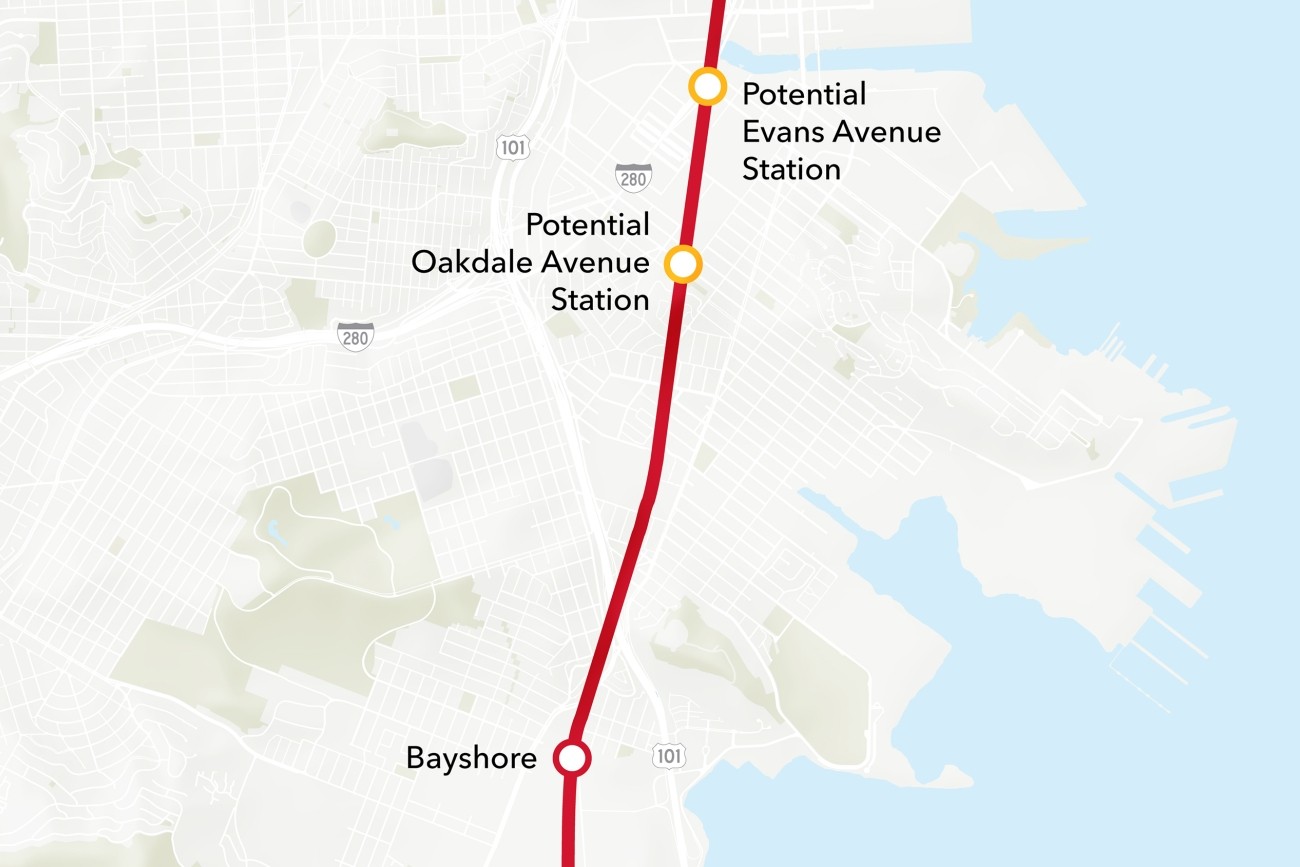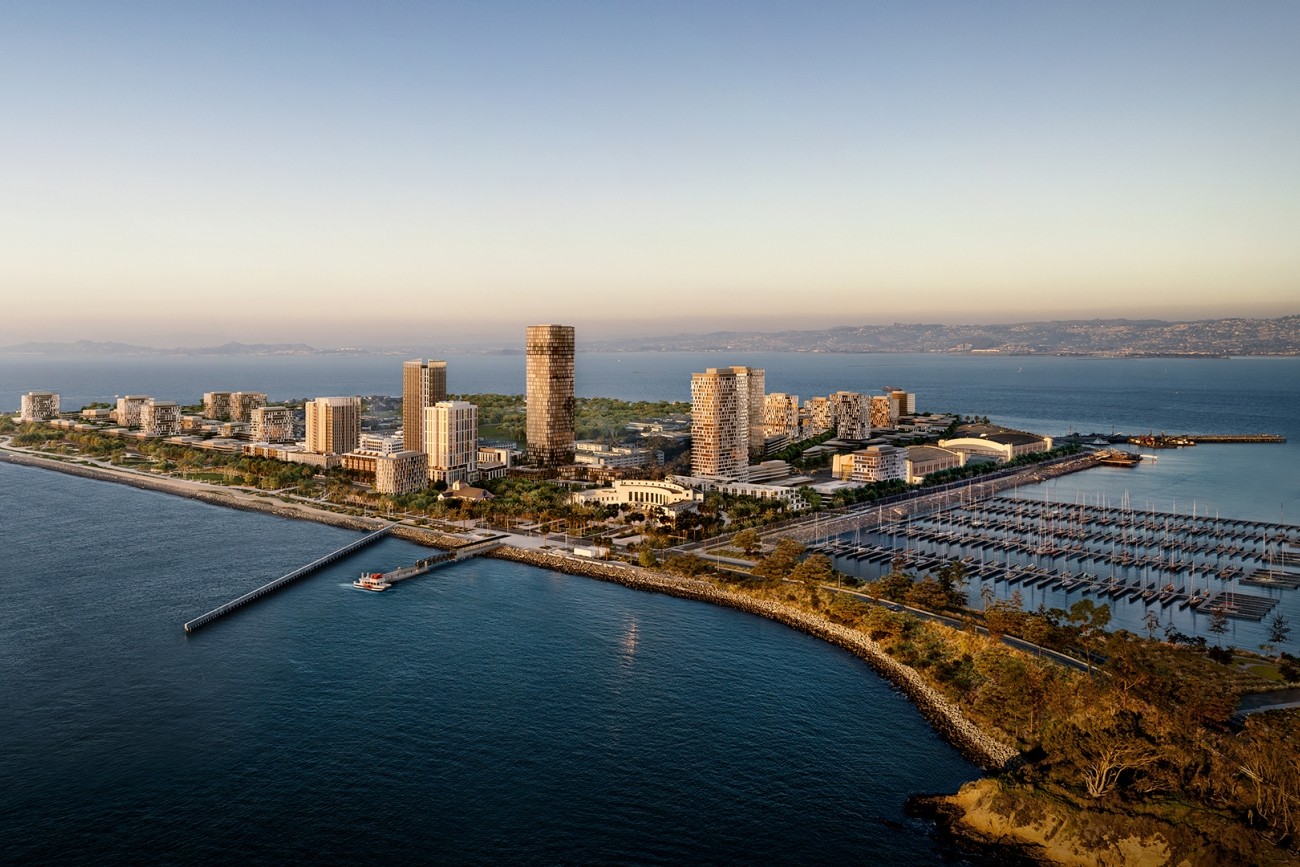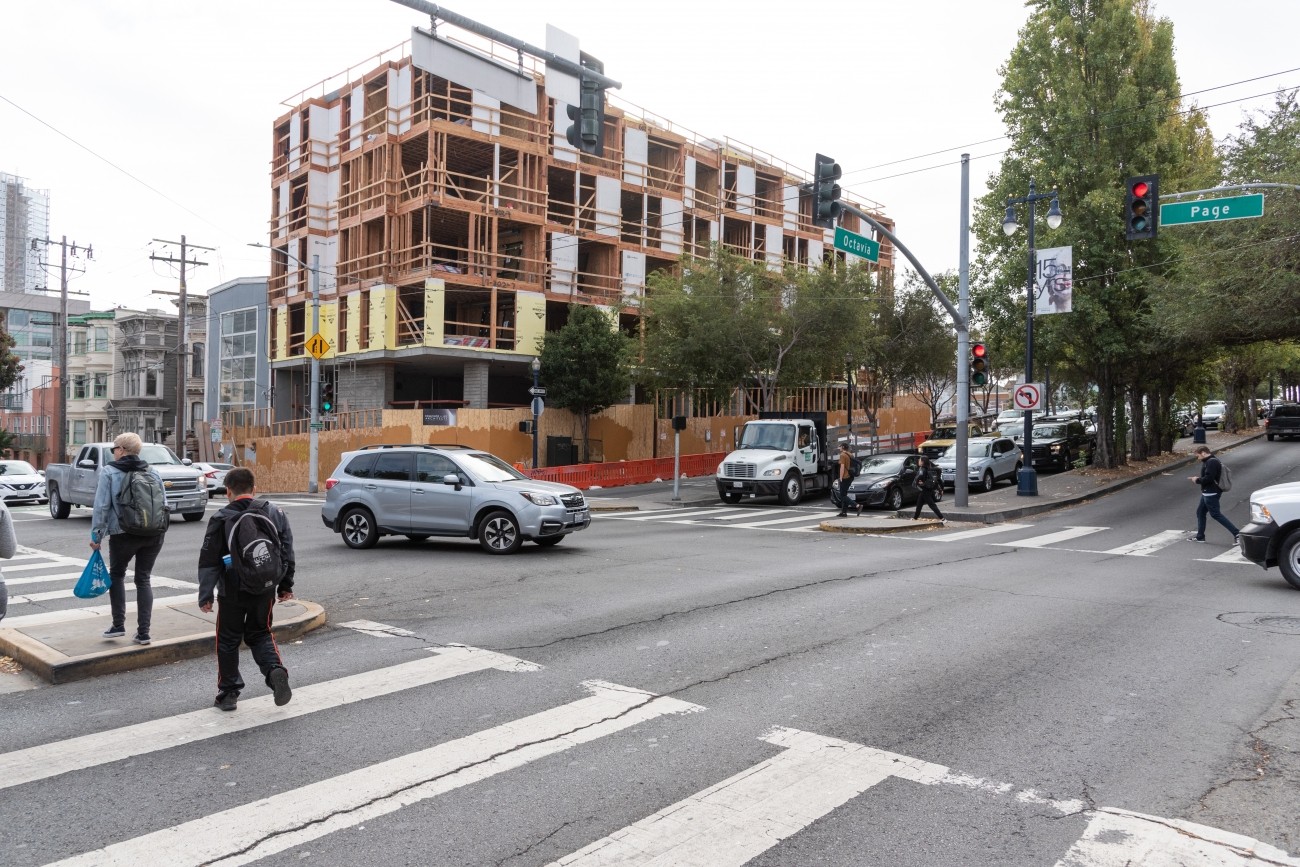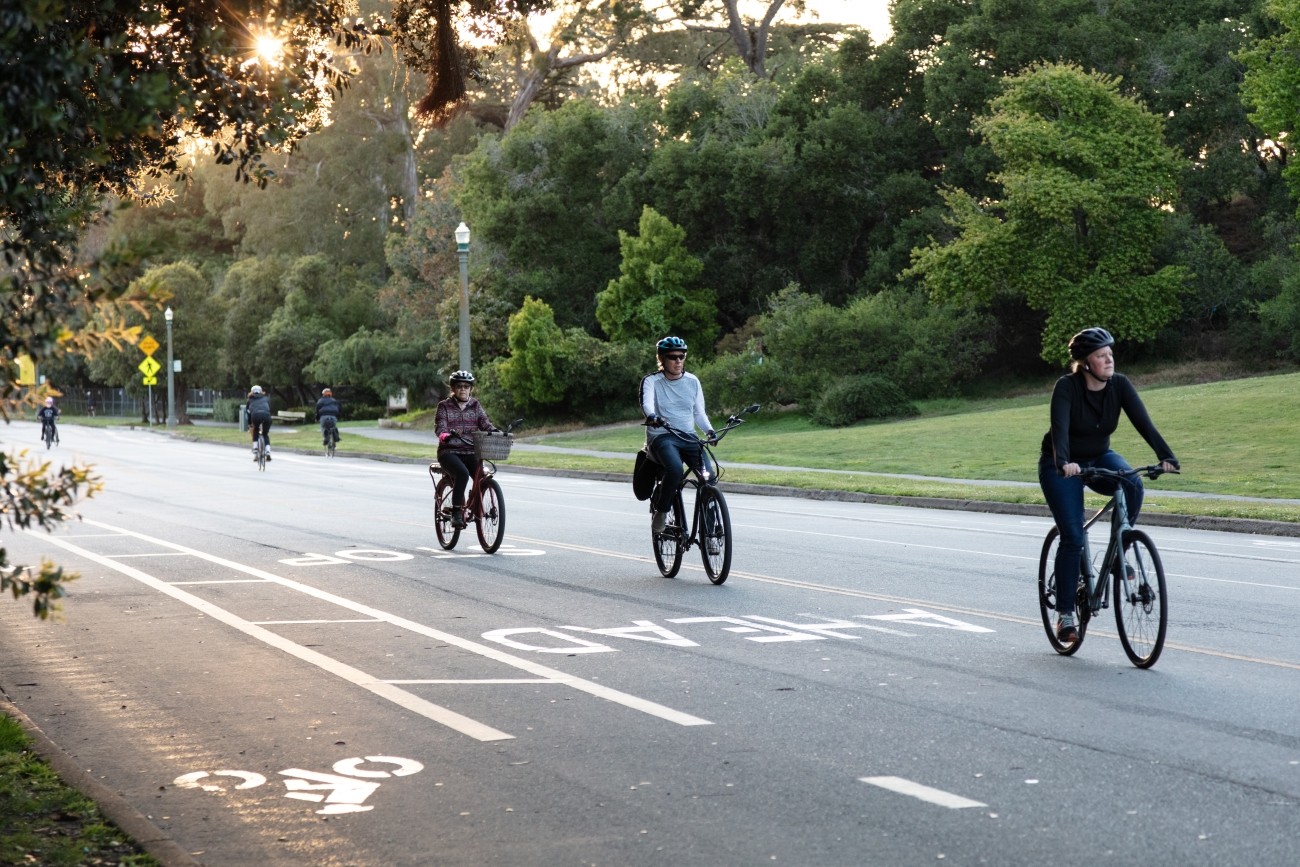The District 1 Multimodal Transportation Study will engage the community to identify known mobility challenges and develop near- to long-term strategies to improve transit reliability and safety and shift trips to transit, walking, biking, or other non-driving options.
The Jane Warner Plaza Renovation Project will focus on improvements to pedestrian and bicycle safety in this busy multi-modal node.
The Transportation Authority developed the Ocean Avenue Mobility Action Plan to prioritize and identify funding for transportation improvements for the Ocean Avenue corridor.
The SFMTA is working with the community to assess and recommend safety improvements for Valencia Street between Market and Mission streets.
Finalized in April 2017, the Alemany Interchange Improvement Study outlined a list of safety and accessibility recommendations for the Alemany interchange.
This plan focused on strategies to improve pedestrian safety on two high pedestrian-injury corridors in Chinatown: Broadway Street between Van Ness and Columbus Avenues, and Kearny Street between Bush and Jackson Streets.
This study focused on improving residents’ access to groceries, health appointments, after-school programs, and other important services.
The goal of the Frederick and Clayton Traffic Calming Project is to increase visibility of pedestrians and improve pedestrian safety on Frederick and Clayton streets.
This project will implement recommendations from the Visitacion Valley and Portola Community Based Transportation Plan. Specific improvements may include speed humps/cushions, lighting, crosswalk flashing beacons, new and/or raised crosswalks, pedestrian bulbouts, new bikeways, and Muni stop improvements. This project will focus specifically on improvements in Visitacion Valley.
The Valencia Long-Term Bikeway Study will identify long-term concepts for safety and streetscape improvements on the Valencia Street corridor between Market Street and Cesar Chavez. The project will combine technical analysis, stakeholder input, and concept design for pilot block tests to study several community-generated concepts, including a curbside two-way protected bikeway, a pedestrianized Valencia Street, or that may result in converting the corridor to a one-way street or restricting through-traffic on the corridor.
The District 6 Traffic Calming and Sideshow Deterrence project will design and install traffic calming devices and sideshow deterrence measures to improve safety at eleven locations in District 6 identified by the Commissioner's office and its constituents.
The Bayview Caltrain Station Location Study will recommend the selection of a single new Caltrain station location in the Bayview, prepare the station for environmental approval, and would restore access to Caltrain and the regional transit network to the Bayview community.
The study goal is to understand resident and worker transportation needs, outline recommended short-term public transit improvements, and plan for supplemental transportation options.
The Transportation Authority conducted the Octavia Improvements Study in close partnership with SFMTA to identify ways to improve safety and make it easier to travel on Octavia Boulevard leading to the Central Freeway.
This study analyzes how people travel to the eastern portion of Golden Gate Park and what barriers exist to getting there, particularly for people living in Equity Priority Communities furthest from the park.
